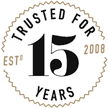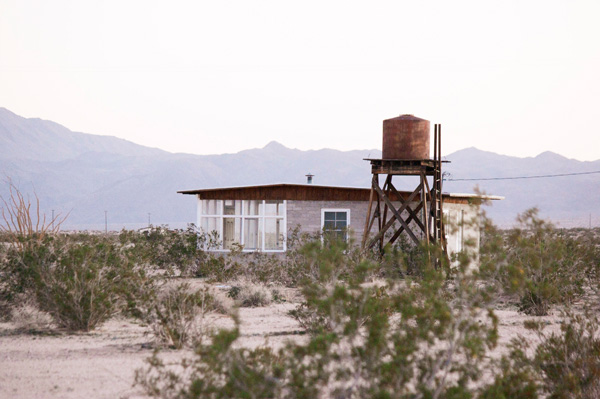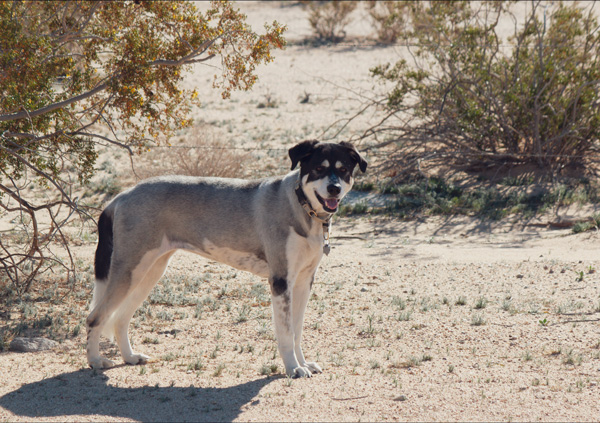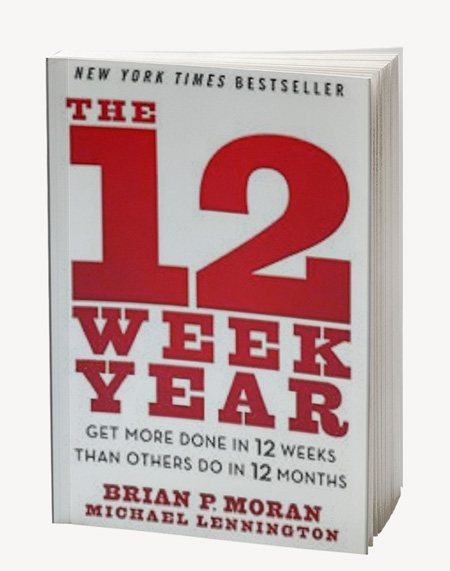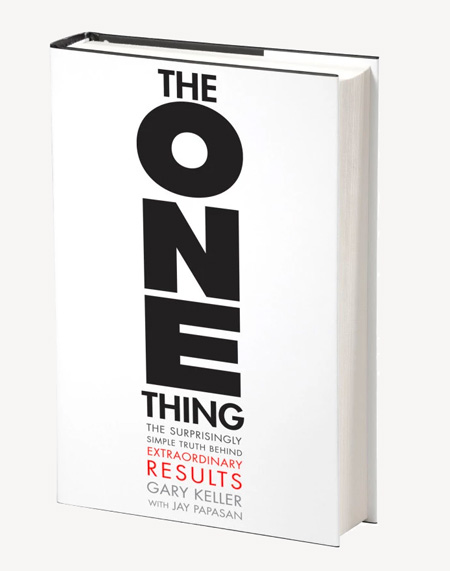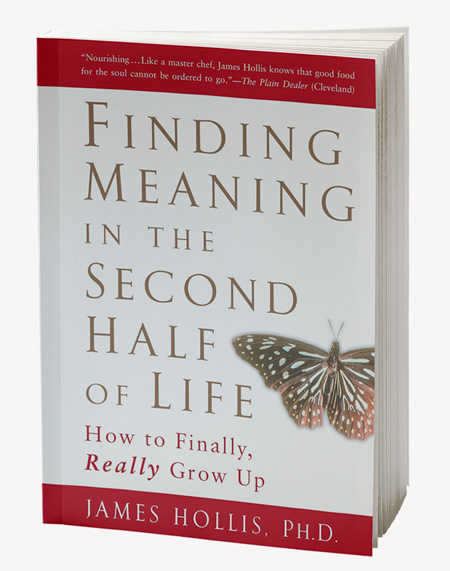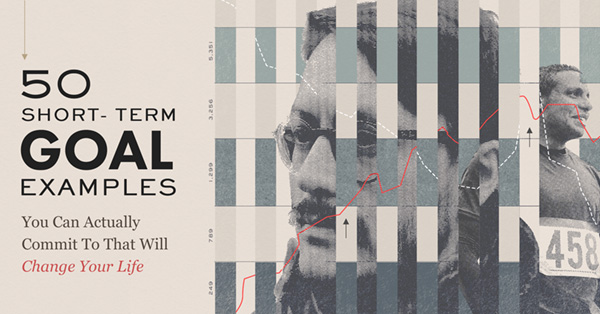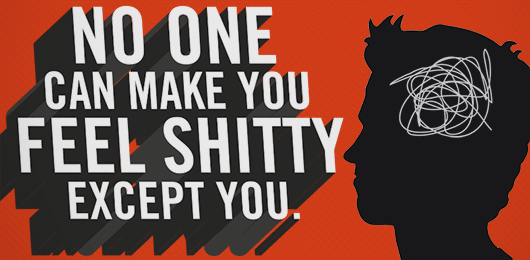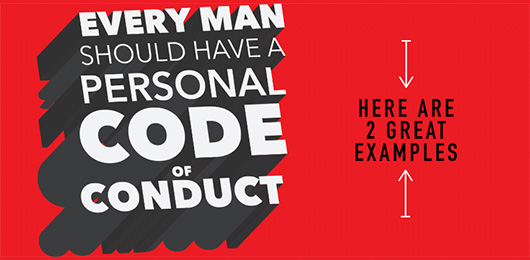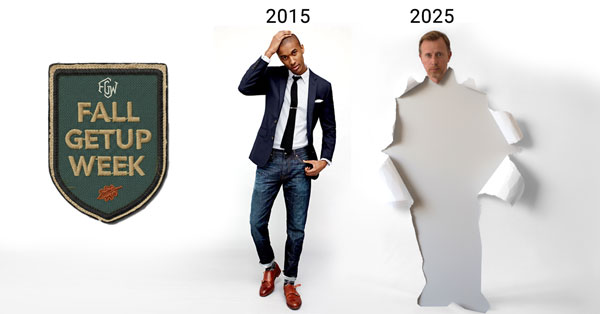
For the last 7 years I've been doing structured year end reflections where I review how the previous 12 months went – what worked, what didn't, what was fulfilling, what wasn't. Here, an original framework I laid out and republish each year, now as a free printable journal. I like the solitude renting an AirBnB provides, but this can be done on a quiet morning at home over holiday break as well.
By Andrew Snavely
When was the last time you set aside time to think? And not like choosing to daydream instead of looking at your phone while waiting at the dentist’s office – but actually planned a solid chunk of time to intentionally think?
This was the question I presented in 2017 when I first discussed my end of year reflection and goal-setting process in my post 18 Questions I’m Going to Ask Myself About The Last Year.

Full process and template download below!
Until I started scheduling a time to look back at my year, my answer to that question was “I never set aside time to think.” And the reality is, that’s the case for most of us.
Which is crazy when you realize the side effect of that is that we’re all just kind of bouncing around, doing some life thinking in between the obligations and stresses of everyday life. Eventually thinking, “I need to eat better–like wtf,” enough times in micro-doses that hopefully we do something about it.
But what happens when life gets more stressful? And we accumulate more responsibility? And others depend on us for care. And the economy gets rough. And health problems come up. And. And. And.
What happens is that micro-dose thinking gets fewer and farther between, and goes from good ideas to guilt about all the things that have piled up.
So I’ve found an incredibly freeing and inspiring way to combat this is to…plan some time to think.
I rent a cheap AirBnB, preferably one relatively isolated from people, and head out with just my dog Leela for a few days. While my “workcations” started as a quarterly exercise and usually also involve some type of project I’m trying to get work done on, my end of year retreats are a couple days longer and focus completely on deep dives into what I did and didn’t do over the last year, and slowly peeling away at my thoughts to try and get an honest assessment of the path I’m on.
If I feel like I’m heading in the right direction, I make new short term goals for the new year and celebrate the wins.
If I realize I’m feeling lost, I take a hard look at where I’ve become stagnant and start outlining possible shakeups. It’s these times that have really disrupted the homeostasis in my life – when I become aware of where I’ve become too comfortable. Or put a less polite way, when I’ve sunk into some life quicksand.
» Read some of the outcomes of a previous year-end reflection.
This year is especially symbolically significant since I turned 40, an age, realistically just like any other, but that our culture has created morose meaning around. But it is also true that I've noticed my body aching a little differently, my best bud Leela is starting to have trouble on the stairs, and I got engaged and feel excited about that—so the sense of change or inevitable change is also palpable.
Many men have an innate hero’s instinct. Sacrifice yourself for the benefit of others. But in real world life-and-death moments like trouble on a plane, the instructions aren’t, “Help everyone around you put their oxygen mask on before your own,” Because if you pass out, you can’t help anybody.
The solitude for the process is more of a cheat code than a requirement. I have also done the reflection at home and have had meaningful experiences.
But from my own experience, I will warn you: The most rewarding things that come out of exercises like this will be from the realization and acceptance of things with very emotional outcomes. Which is probably why we choose to ignore them as much as possible in our day-to-day life.
In 10 more years, I already know that I will look back and attribute the good things in my life to intentional reflection exercises like these. You won’t regret it.
New This Year: Printable Year End Book Template
This year, I’ve upgraded the experience.
Introducing the free, printable Year End Review workbook: the same framework we've discussed for years, now in a thoughtfully designed, guided printable format. It’s all about making the process quicker, smoother, and more effective.
Here’s how it works:
- Look Back: Reflective prompts guide you through the highs, the challenges, and the moments that mattered most.
- Get Clear: Figure out what’s working, what’s not, and what you want to focus on next.
- Take Action: Transform your insights into actionable steps to hit the ground running in the year ahead.
The workbook is designed for booklet printing—print it double-sided, fold, and staple. Boom, you’ve got a polished tool to guide your reflection process. Full printing instructions below.
Let’s keep this tradition going and make the upcoming year your most intentional one yet.
If you'd prefer to do the year end reflection exercise in your own journal, here is the framework:
18 Questions I'm Going to Ask Myself
Each year, I get the gears of my reflection going by asking myself 18 questions. It's intended to be more of a quick brainstorm to get thoughts on paper versus coming up with a definitive Grammy winner-style list.
The goal is to devote some real time reflecting on the past year and taking an inventory of what I liked and what I didn't. When I was happy, and when I wasn't. When I felt my best, and when I was stressed. This will help orient myself so I can then begin to think about the new year in terms of what I want to continue and what I want to do differently.
Don't read look at this and get scared away – most of my thoughts will be in the form of rough bulleted lists as a simple way of getting bits of ideas out of my head and into a collected place. I may write longer-form answers when inspired, these are tools, not rules.
For the questions like, “3 times I was happiest,” the number three is simply a placeholder for “brainstorm,” because a lot of these will be hard to answer. If the question was “when was I happiest?” I would likely work until I could think of one answer that seemed better than the others then stop. For these questions, the point is to just list with a stream of consciousness all of the times you can remember being happy, regardless of how intense the happiness was. Then, once you've done that, go back and pick the 3 that were the happiest.
One of the best tools to jogging my memory is to open my photos app on my phone and scroll back to January 1. From there, I begin taking notes in the “months” section of the reflection template, which get sorted later.
I'm always surprised to see what my answers and expect the result to be either A) Ok awesome, do more things like these 3, or B) Man, these 3 things were the happiest I was all year? I need to work on doing bigger and better things in the new year. Or if I'm unable to think of any answers to “3 times I did something that scared me,” I'll know to prioritize that kind of growth. Once I do all the questions, I'll then work to create some goals for the new year based on what I've realized about the last year.
One of the things I enjoy most about the exercise is the outcome usually does not align with my assumptions about the year pre-review.
- 3 times that I was excited the most
- 3 times when I was most happy
- 3 times I was the most stressed
- 3 times I did something that scared me
- 3 people that inspired me the most
- 3 people that contributed most to my life
- 3 things I overcame
- 3 frustrations I want to fix
- 3 things I learned about love and relationships
- 3 times I was most proud of myself
- 3 people I could meet that will exponentially affect my life
- 3 things I could learn that will positively affect my life
- 3 times I was anxious and it was an overreaction
- 3 habits that are serving me
- 3 habits that could serve me
- 3 habits that aren't serving me
- Is my current way of thinking taking me where I want to go?
- A check in on these areas of life
After sorting my experiences of the year, I do:
Life Area Check-ins
With a positive/constructive voice, what are your gut reaction thoughts to the current state of the following areas in your life:
- Friendships
- Relationships
- Career
- Work-Life balance
- Physical health
- Mental health
- Finance
- Spending
- Recreation
- Intentional living
Once you've spent some time thinking about these, your only question about your answers should be “Is this working?” Is my current diet and workout plan getting me closer to my goal? Is my current work-life balance working for me and for the rest of what I want in my life?
Some examples of realistic conclusions you could implement based on what you learn could be: Take at least 1 trip per month regardless of distance, no work or email on Sundays, no social media until 7PM, plan a weekend with old college buddies, or commit to taking your partner on one date per week without defining a “date night”.
If you realized learning web design or a language or lead guitar would improve your life, decide if you are going to learn on your own, through a course, or with an in-person teacher.
You may find some of these questions inspire more emotional than others, that's ok. That's also a telling indication of where you are.
More Tools to Help
Primer's guide:
How to Get Into Journaling: The One Thing That Can Change Everything
An essential tool for figuring out what's working and what isn't. There's something that makes a thought, idea, or feeling real when you take it from a thought the voice in your head says to being written on paper. Our guide demystifies the journaling process and shuts down any misconceptions you may have.
The 12 Week Year
A structure for establishing and planning important goals for the first 3 months of the year.
The One Thing
The co-founder of Keller Williams Reality helps simplify priorities by teaching you to ask the question, “What is the one thing that would make everything else simpler or unnecessary?”
Finding Meaning in the Second Half of Life
The “second half” here refers to life after childhood, the effects of which can weigh us down long after we've become adults.
What You Measure Gets Managed:
50 Short-Term Goal Examples You Can Actually Commit To That Will Change Your Life
“Lose weight,” or “Have a more fulfilling job,” aren't goals – they're outcomes. Read our complete guide to setting goals that actually help you achieve the changes you're seeking.


